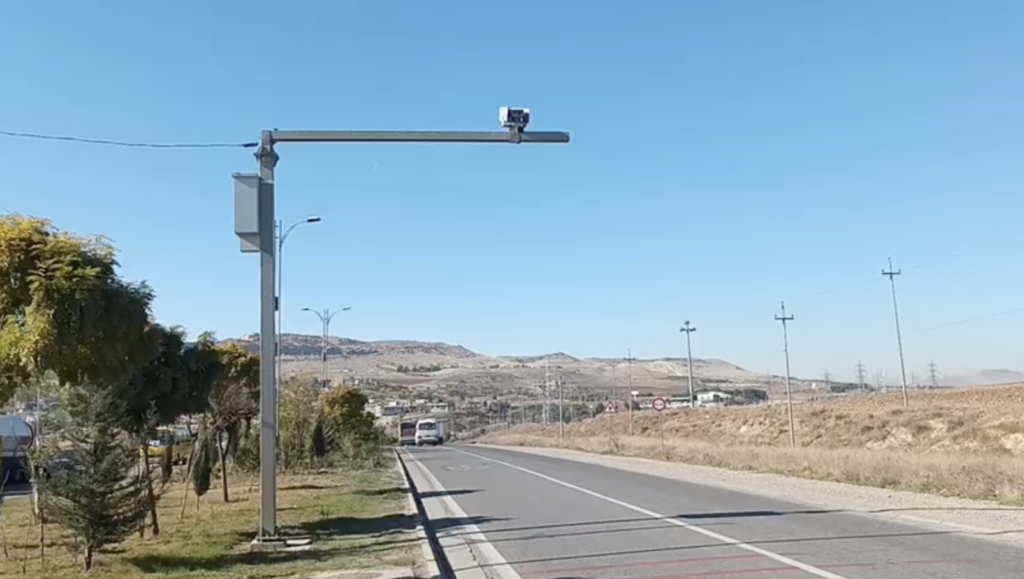World: Assistance in mine action - Report of the Secretary-General (A/74/288) [EN/AR]
Seventy-fourth session
Item 48 of the provisional agenda*
Assistance in mine action
I. Introduction
1. The present report, covering the period from August 2017 to July 2019, is submitted pursuant to General Assembly resolution 72/75 on assistance in mine action. It highlights significant trends in mine action and some of the key achievements of members of the Inter-Agency Coordination Group on Mine Action, chaired by the Mine Action Service. It provides the final report on the implementation of the Strategy of the United Nations on Mine Action 2013–2018 and introduces the Strategy of the United Nations on Mine Action 2019–2023.
2. The year 2019 marks the twentieth anniversary of the entry into force of the Anti-Personnel Mine Ban Convention, a critical instrument of international law and a successful humanitarian disarmament instrument. It also marks the thirtieth anniversary of the signing of the Convention on the Rights of the Child, which is relevant given that children are disproportionately impacted by explosive ordnance.
3. Over the reporting period, violent conflict has continued to wreak havoc in countries and among communities and families worldwide. In 2018, the United Nations recorded the violent death and injury of more than 22,800 civilians owing to armed conflict in six countries alone (see S/2019/373). Despite the progress made in stigmatizing the use of landmines and other explosive ordnance against civilian personnel and infrastructure, such use continues to be reported and alleged in a number of conflicts. All kinds of explosive ordnance pose a deadly threat to girls, boys, women and men living in conflict-affected areas, hindering access to humanitarian aid and socioeconomic development and undermining the establishment of sustainable peace and progress towards the 2030 Agenda for Sustainable Development.
4. After a steady decrease between 1999 and 2012, there has been a sharp rise in casualties from explosive ordnance since 2013. At the global level, nearly 20 people fell victim to explosive ordnance every day in 2017. Almost half of the victims were children.
5. The data collected by the monitoring and evaluation mechanism for the Strategy of the United Nations on Mine Action 2013–2018 provide further insights into the countries and territories where the United Nations carries out mine action. In the 12 countries and territories where data have been consistently available since 2015, explosive ordnance casualties decreased by 32 per cent overall between 2015 and 2018. In the majority of those countries and territories, fewer than 100 casualties are now recorded per year. However, in 2018, when data became available for countries such as the Syrian Arab Republic and Yemen, overall casualty figures increased. The highest number of reported casualties in 2018 was in the Syrian Arab Republic, followed by Afghanistan and Yemen. In 2018, data showed that 41 per cent of casualties were caused by explosive remnants of war, 29 per cent by anti-personnel mines and 21 per cent by victim-operated improvised explosive devices. It is also worth noting that over 80 per cent of reported casualties were boys and men. The United Nations analysed the data to shape its responses and guide the development of the Strategy of the United Nations on Mine Action 2019–2023, in order to ensure its effectiveness given the realities on the ground.
6. Another recent trend highlighted by the data is the significant proportion of casualties caused by improvised explosive devices, including those that are victim-operated. The scale, lethality, sophistication and evolving designs of improvised explosive devices continue to present specific technical and operational challenges and have required experts in the field to significantly adjust their operations. Furthermore, in the context of the current urbanization of warfare, aggravated by the increase in the duration and intensity of conflicts, explosive remnants of war continue to inflict a heavy toll on civilians
*A/74/150




